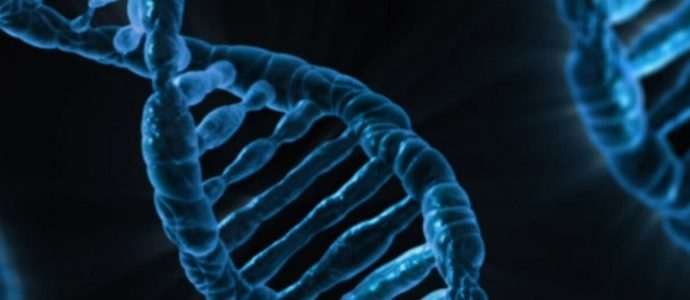Add Water and Sterilize: Mars Viking Probes May Have Killed the Microbes They Were Searching For
In 1976, NASA’s Viking landers conducted a series of biological experiments designed to determine whether or not there was life present in the soil on Mars’ surface, the only such tests conducted on another planet. The results of the tests, at least at the time, perplexed the scientists in charge of the Viking landers’read more


